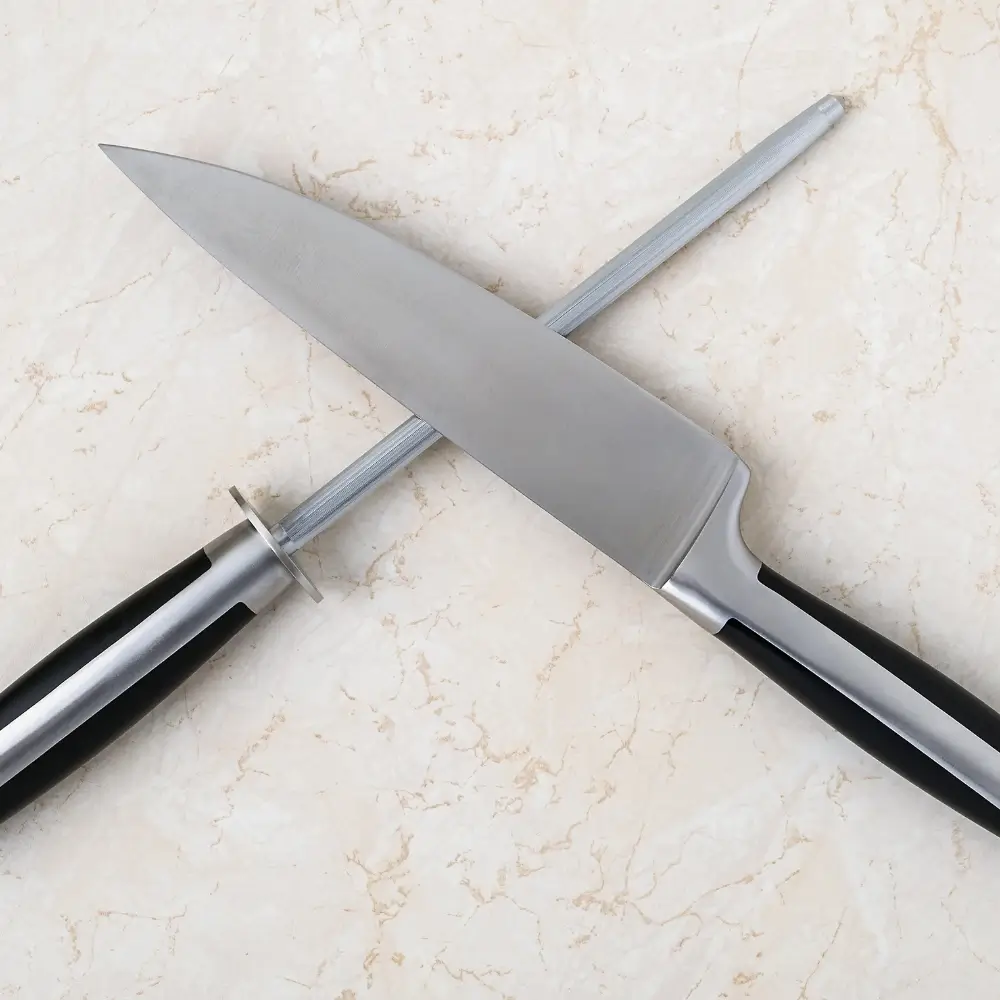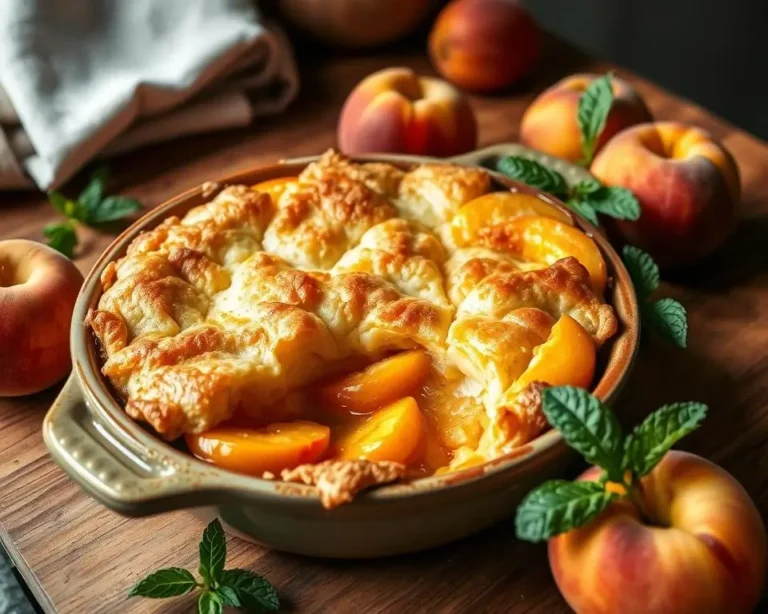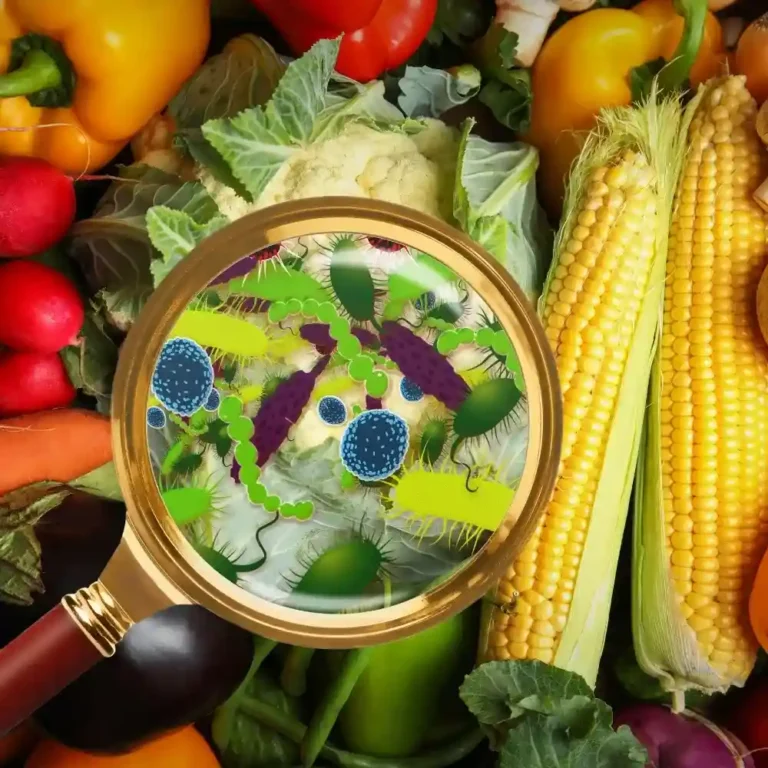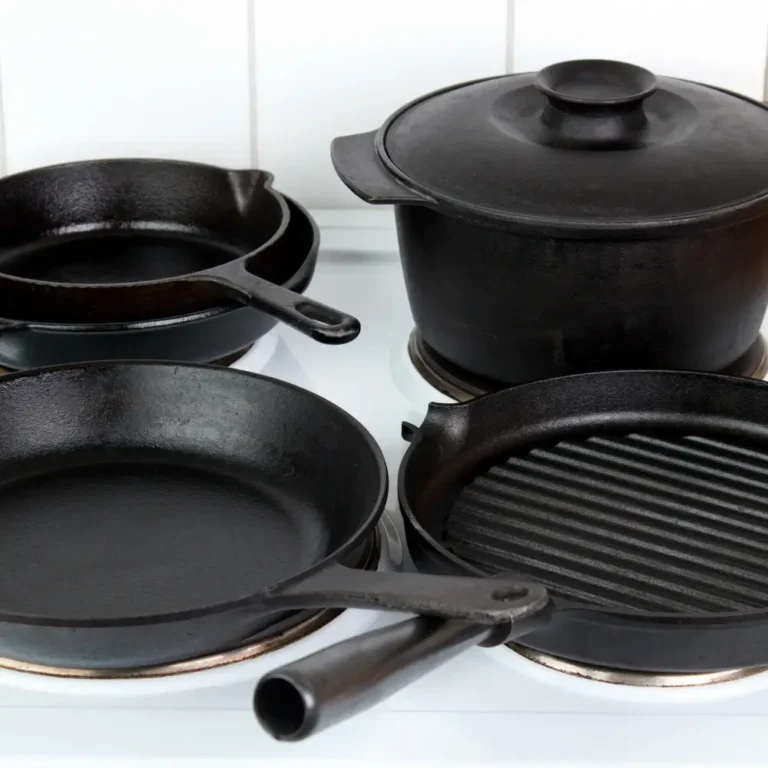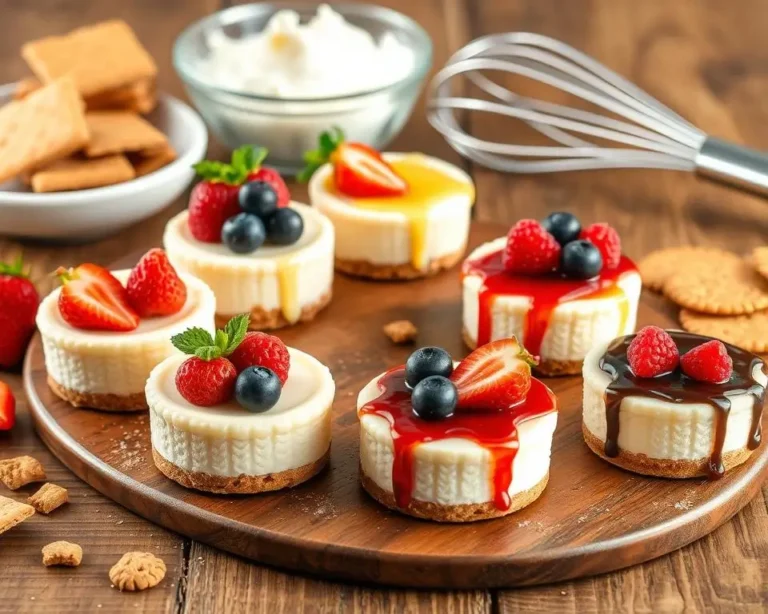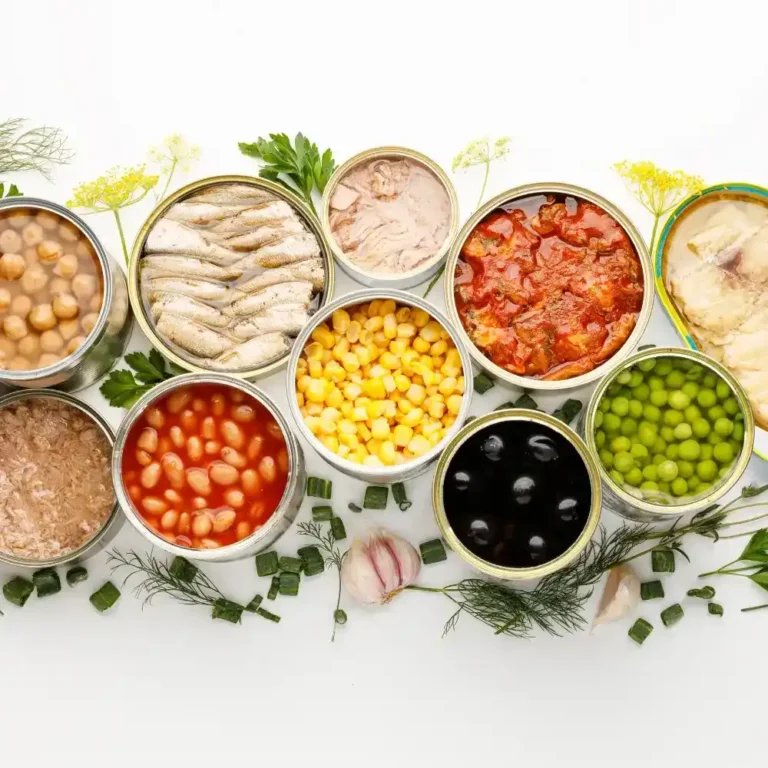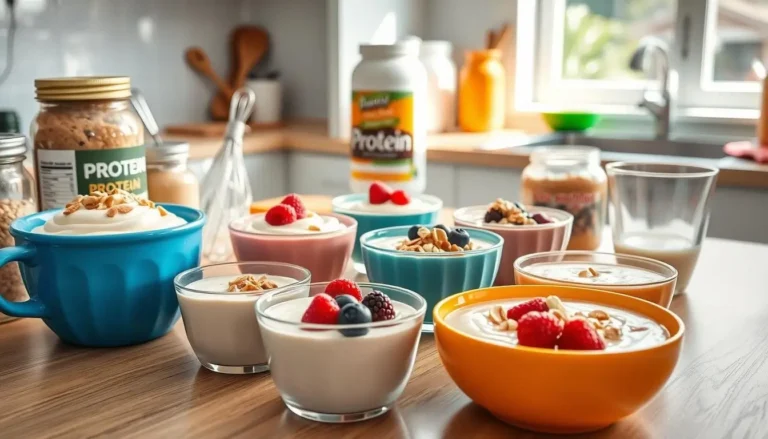The chef’s knife
Introduction:
In the heart of every kitchen, one tool reigns supreme: the chef’s knife. Renowned for its versatility and precision, this indispensable instrument has transformed the way we prepare meals for centuries. Imagine a world without it, chopping vegetables would be a struggle, slicing meat an arduous task, and culinary artistry severely hindered. Recent studies reveal that over 90% of professional chefs consider their chef’s knife the most crucial item in their toolkit, a testament to its timeless value.
The importance of the chef’s knife extends far beyond professional kitchens. For home cooks, it embodies efficiency and mastery, bridging the gap between simple meal prep and culinary excellence. Whether you’re crafting a gourmet meal or simply dicing onions, this essential tool offers control, precision, and versatility that no other utensil can match. Its unique design, which balances strength and finesse, has earned it a permanent spot in every kitchen, professional or personal.
In 2024, the significance of the chef’s knife continues to evolve, driven by technological advancements and changing consumer needs. From innovations in blade materials to ergonomic designs and smart features, today’s knives are better suited than ever to meet the demands of modern cooks. This article explores the enduring legacy of the chef’s knife, examines the qualities that define the best chef’s knife in 2024, and provides a comprehensive chef’s knife buying guide to help you choose the perfect tool for your culinary needs. By understanding the modern chef’s knife features, you can elevate your cooking experience and appreciate why this essential tool remains irreplaceable.
Table of Contents
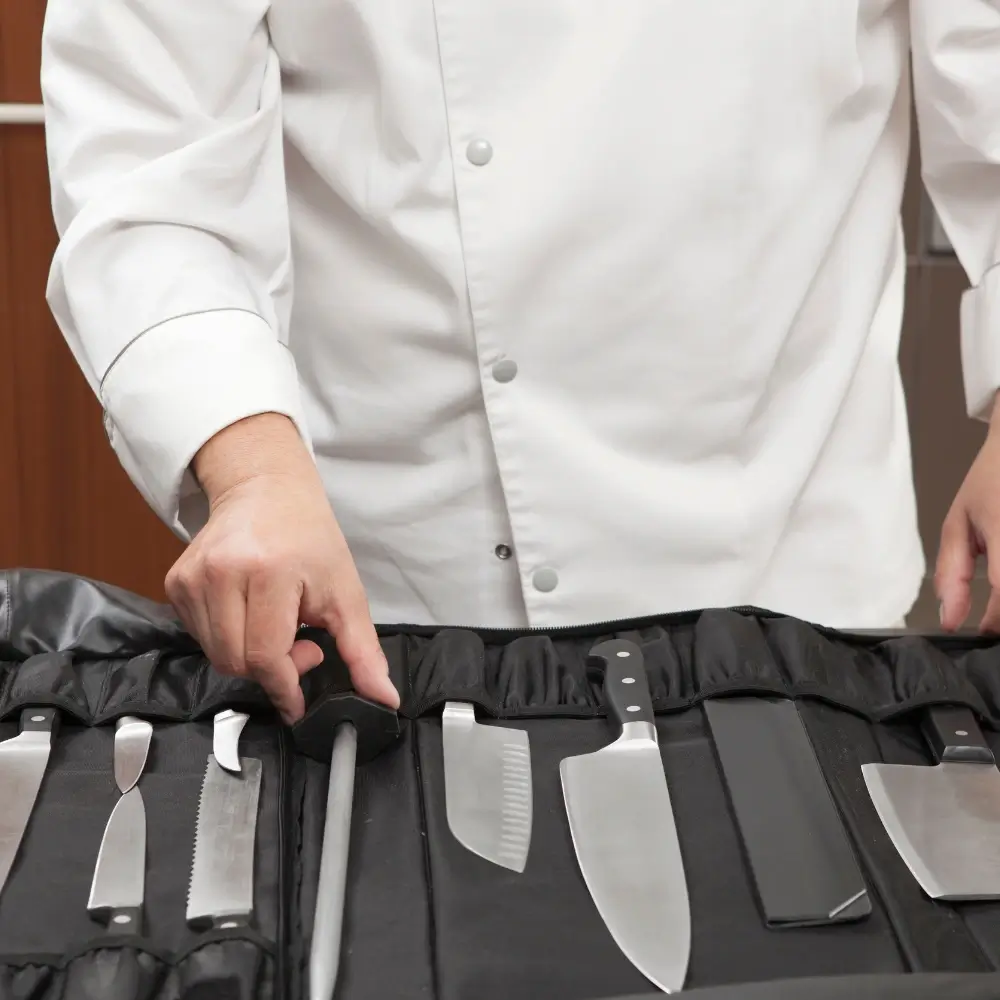
The Evolution of the Chef’s Knife:
The story of the chef’s knife is one of innovation, craftsmanship, and cultural diversity. Its roots stretch back to ancient civilizations, where early cutting tools were forged from stone and later from bronze and iron. These rudimentary tools laid the groundwork for what would eventually become one of the most versatile and indispensable items in any kitchen. By the Middle Ages, knife-making had advanced significantly, with blacksmiths creating blades of exceptional sharpness and durability, paving the way for the modern chef’s knife we know today.
As culinary practices evolved, so did the materials used in crafting the chef’s knife. Stone and bronze gave way to iron, followed by carbon steel, which offered unparalleled sharpness and edge retention. High-carbon stainless steel soon became the industry standard, combining the best of both worlds: resistance to corrosion and exceptional durability. In recent years, the rise of ceramics and advanced alloys has further revolutionized knife design, ensuring that the best chef’s knives in 2024 deliver even greater precision and longevity. These technological advancements reflect the knife’s enduring relevance and its adaptation to the demands of modern cooks.
Cultural influences have also played a significant role in shaping the chef’s knife. Western knives, such as the German chef’s knife, are typically heavier, with a curved blade ideal for a rocking chopping motion. In contrast, Japanese knives, like the Santoku, are lighter and feature straighter blades designed for precision slicing and dicing. Both styles are celebrated for their unique qualities, and today’s chefs often blend these traditions to create versatile tools that meet the needs of diverse cuisines.
The evolution of the chef’s knife is a testament to its importance in culinary history and its ability to adapt to changing times. As we look to the top chef’s knives for home cooks in 2024, it’s clear that this essential tool continues to embody the perfect balance of tradition and innovation.
Anatomy of a Modern Chef’s Knife
Understanding the anatomy of the chef’s knife is essential for selecting the right tool for your culinary needs. Each component plays a vital role in the knife’s performance, durability, and comfort. From blade to handle, every detail has been designed with precision, making it a must-have for both professional chefs and home cooks.
Blade
The blade is the soul of the chef’s knife, dictating its sharpness, strength, and versatility.
Material Choices
- Stainless Steel: Renowned for its resistance to rust and ease of maintenance, stainless steel remains a popular choice among both professionals and amateurs. It balances durability and affordability, making it a staple in the top chef’s knives for home cooks.
- Damascus Steel: Valued for its beauty and performance, Damascus steel combines layers of metals to create a unique wavy pattern. This material is not only aesthetically appealing but also ensures excellent edge retention and sharpness, making it a favorite in premium knives.
- Ceramic: Lightweight and exceptionally sharp, ceramic blades are perfect for precision tasks. However, they are more brittle and require careful handling.
Blade Shapes and Their Uses
- Curved Blades: Ideal for rocking motions, curved blades excel at chopping herbs and vegetables. They are a hallmark of Western-style chef’s knives.
- Straight Blades: Found in Japanese-style knives like the Santoku, straight blades provide precise slicing and dicing, especially for delicate ingredients.
Handle
The handle is where comfort meets control, ensuring that the chef’s knife feels like an extension of your hand.
Materials
- Wood: Traditional and warm, wood handles offer excellent grip but require more maintenance to prevent cracking.
- Plastic: Durable and water-resistant, plastic handles are a low-maintenance option commonly found in entry-level and mid-range knives.
- Composite: Combining the best of wood and plastic, composite handles are both ergonomic and aesthetically pleasing, making them a feature of the best chef’s knives in 2024.
Ergonomic Designs
Modern handles are crafted with user comfort in mind, featuring contoured shapes and textured grips to reduce hand fatigue during prolonged use.
Tang and Bolster
The tang and bolster contribute to the chef’s knife’s balance, durability, and overall performance.
- Tang: A full tang (extending through the entire handle) offers superior balance and strength, making it a hallmark of high-quality knives. Partial tangs are lighter but may compromise durability.
- Bolster: Located where the blade meets the handle, the bolster adds weight and stability, providing a secure grip for safe handling.
Size Variations
Size is another key factor in choosing the right chef’s knife.
- Standard 8-Inch Blade: The go-to size for most tasks, balancing versatility and ease of use.
- Smaller Blades (6 Inches or Less): Ideal for precision tasks like peeling or slicing smaller ingredients.
- Larger Blades (10 Inches or More): Designed for heavy-duty chopping or large-scale meal prep, often seen in professional kitchens.
By understanding the anatomy and modern chef’s knife features, you can make an informed decision when exploring the chef’s knife buying guide or selecting the best chef’s knife for 2024.
Why the Chef’s Knife Remains Essential in 2024
In the rapidly evolving culinary world, the chef’s knife remains irreplaceable. Its unique design, unmatched versatility, and durability make it a cornerstone of both professional kitchens and home cooking. In 2024, advancements in technology and sustainability further enhance its significance, proving that this timeless tool is more relevant than ever.
Versatility
At its core, the chef’s knife is a multipurpose tool that caters to a wide range of kitchen tasks.
- Slicing: Whether it’s cutting through tender meats or delicate herbs, a sharp chef’s knife ensures clean, precise slices.
- Dicing: From onions to tomatoes, its curved blade makes dicing effortless and uniform.
- Chopping: Harder ingredients, like carrots and squash, are no match for the strength and sharpness of a well-crafted chef’s knife.
- Mincing: Perfect for finely chopping garlic, herbs, or nuts, this tool saves time while delivering consistent results.
This versatility solidifies the chef’s knife as an essential item in any kitchen, outperforming specialized tools in its ability to handle diverse tasks.
Efficiency
In the fast-paced culinary environment of 2024, efficiency is paramount, and the chef’s knife delivers on all fronts.
- Reduces Prep Time: A razor-sharp blade ensures swift and accurate cuts, streamlining the cooking process.
- Precision: Its ergonomic design and balanced weight give chefs full control, allowing for intricate techniques that elevate dish presentation.
For both novice and experienced cooks, the best chef’s knives for home cooks offer a seamless experience, blending speed with accuracy to enhance every meal.
Durability
High-quality chef’s knives are built to last, often becoming cherished kitchen staples for decades.
- Premium Materials: The use of high-carbon stainless steel and Damascus steel ensures resistance to rust, chipping, and wear.
- Maintenance: With proper care, such as regular sharpening and correct storage, a chef’s knife retains its edge and effectiveness for years.
By investing in a knife from a trusted chef’s knife buying guide, home cooks and professionals alike can enjoy long-term reliability, making it a cost-effective choice.
Sustainability Trends
In 2024, eco-conscious design takes center stage, influencing the development of the chef’s knife.
- Eco-Friendly Materials: Handles made from sustainable wood or recycled composites reduce the environmental footprint.
- Recyclable Blades: Many manufacturers now offer knives with blades that can be recycled at the end of their life cycle.
- Durability as Sustainability: A long-lasting knife reduces the need for frequent replacements, aligning with modern environmental values.
These innovations not only address environmental concerns but also ensure that modern chef’s knife features align with the values of today’s consumers.
From its adaptability and efficiency to its durability and eco-friendly innovations, the chef’s knife continues to prove its worth in 2024. Whether you’re a professional or a home cook exploring the top chef’s knives for home cooks, this indispensable tool remains a symbol of culinary mastery and sustainability.
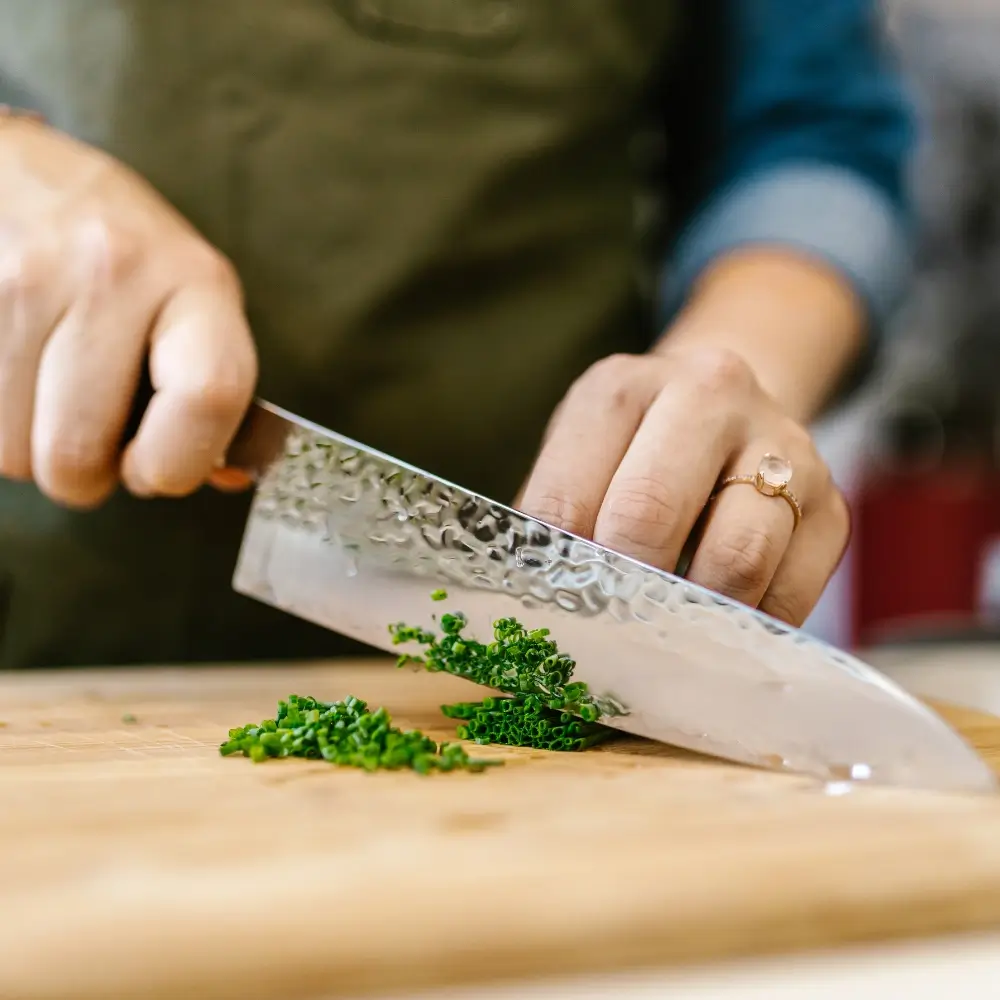
The Chef’s Knife and Modern Technology
In 2024, the chef’s knife stands at the intersection of tradition and cutting-edge innovation. Advances in materials, smart technology, and manufacturing processes are redefining what this essential tool can achieve, offering unparalleled performance and personalization for cooks at every level.
Innovative Materials
Modern advancements in materials have transformed the chef’s knife, enhancing its durability, efficiency, and ease of use.
- Advanced Alloys: Blades made from high-performance alloys combine exceptional hardness with flexibility, allowing for razor-sharp edges that resist chipping. These alloys also improve corrosion resistance, making knives ideal for long-term use.
- Non-Stick Coatings: Innovative coatings minimize food sticking to the blade, ensuring smoother cuts and reducing the need for frequent cleaning. This feature is particularly popular in top chef’s knives for home cooks, where convenience is key.
These material improvements ensure that modern chef’s knife features cater to the demands of busy, efficiency-focused kitchens.
Smart Features
Technology is revolutionizing how we use and interact with the chef’s knife, turning a centuries-old tool into a smart kitchen device.
Knives with Sensors and Smart Integrations
- Some chef’s knives now come equipped with sensors to monitor cutting speed, pressure, and angles, helping cooks refine their techniques.
- Bluetooth-enabled knives can connect to apps, providing real-time feedback and tutorials for improving culinary skills.
AI in Manufacturing and Design
- AI-driven manufacturing processes ensure precision in blade construction, optimizing balance and sharpness.
- Customization has also been enhanced by AI, allowing buyers to select blade shapes, materials, and ergonomics tailored to their needs through guided recommendations.
These innovations elevate the chef’s knife beyond its traditional role, offering smarter solutions for modern cooking challenges.
3D Printing and Knife Customization
One of the most exciting developments in 2024 is the application of 3D printing in crafting the chef’s knife.
- Customization: 3D printing allows for blades and handles to be designed to exact specifications, offering a perfect fit for individual users.
- Prototyping: Manufacturers can rapidly create and test new designs, ensuring faster innovation and improved quality.
By leveraging 3D printing, knife makers can create products that are both highly functional and uniquely personalized, redefining the possibilities for the best chef’s knives in 2024.
Through cutting-edge materials, smart features, and 3D printing, the chef’s knife is more advanced and customizable than ever before. These technological advancements not only improve functionality but also ensure that this timeless tool remains indispensable in the kitchens of the future.
Choosing the Perfect Chef’s Knife in 2024
Selecting the chef’s knife that suits your needs in 2024 involves more than just picking one off the shelf. With a wide range of materials, designs, and innovations available, understanding what to look for is key. Whether you’re a professional chef or a home cook, the perfect chef’s knife can elevate your culinary experience.
Factors to Consider
When choosing the chef’s knife, prioritize the following aspects to ensure optimal performance and comfort:
Blade Material and Sharpness
- High-carbon stainless steel remains the gold standard for its durability, edge retention, and resistance to rust.
- Damascus steel combines functionality with beauty, offering exceptional sharpness and unique patterns.
- Ceramic blades, while lightweight and razor-sharp, are best suited for precision tasks and require careful handling.
Handle Comfort and Balance
- A well-designed handle ensures a secure grip and reduces fatigue during extended use. Materials like composite, textured plastic, or treated wood offer comfort and durability.
- Balance between the blade and handle is crucial for control. A properly balanced knife feels natural in the hand, enabling smoother, safer cuts.
Weight Preferences
- Heavier knives provide greater force for chopping dense ingredients, while lighter knives are ideal for precision tasks. Personal preference plays a significant role here, so test both styles if possible.
Popular Brands
Several top brands are shaping the landscape of the best chef’s knives for 2024, combining craftsmanship with innovation:
- Wüsthof: Known for its precision-forged knives with excellent edge retention, Wüsthof’s 2024 collection focuses on ergonomic designs for comfort.
- Shun: A leader in Japanese knives, Shun offers blades crafted from Damascus steel and incorporates sustainable materials into its handles.
- Global: Famous for its lightweight, stainless-steel knives, Global has introduced advanced non-stick blade coatings this year.
- Victorinox: Budget-friendly yet reliable, Victorinox chef’s knives remain a favorite among home cooks seeking durability without breaking the bank.
Budget vs. Premium Knives
The choice between budget-friendly and premium knives depends on your cooking needs and frequency of use:
Budget Options
- Pros: Affordable, widely available, and sufficient for occasional cooking.
- Cons: May require frequent sharpening and might lack the durability or balance of premium options.
Premium Knives
- Pros: Superior craftsmanship, long-lasting sharpness, and ergonomic designs. Ideal for professionals or avid home cooks.
- Cons: Higher initial cost, but often a worthwhile investment in the long run.
Customization
In 2024, personalization is a growing trend for the chef’s knife, thanks to advancements in 3D printing and AI-driven design:
- Blade Customization: Choose materials, blade shapes, and sizes tailored to your preferred cooking techniques.
- Handle Options: Adjust grip size, materials, and designs to suit your hand’s ergonomics.
- Engraving: Many manufacturers now offer engraving services, allowing you to add a personal touch to your knife.
By considering factors like materials, balance, and customization, you can find the ideal chef’s knife to match your culinary style. Whether exploring top chef’s knives for home cooks or investing in a premium model, the perfect choice will make every meal preparation a joy.
Proper Care and Maintenance
Proper care and maintenance are essential for ensuring that the chef’s knife remains sharp, functional, and durable over the years. Whether you’re using it professionally or for everyday cooking, following a few simple guidelines can help extend its lifespan and maintain its performance.
Sharpening Tips
Maintaining a sharp edge is key to the performance of the chef’s knife, and regular sharpening helps ensure precise cuts. There are several methods to achieve a razor-sharp edge:
Using Whetstones
- Whetstones are a traditional and highly effective method for sharpening knives. Choose a coarse grit for dull edges and a fine grit for finishing. Practice a consistent angle (around 15-20 degrees) to avoid damaging the blade.
- Whetstones require patience and skill but yield the best results for retaining the knife’s original shape and sharpness.
Honing Rods
- Honing rods are ideal for maintaining a knife’s sharpness between sharpenings. They realign the edge, which can become misaligned after regular use. A few strokes along the rod every time you use your knife will keep it in top shape.
Electric Sharpeners
- For a quicker, less hands-on option, electric sharpeners are convenient. However, they can remove more material than necessary, which may shorten the lifespan of your knife. Use them sparingly and follow the manufacturer’s instructions.
Cleaning Guidelines
Proper cleaning is essential to preserve both the functionality and appearance of the chef’s knife.
Handwashing
- Always handwash your knife with mild soap and warm water immediately after use. Avoid soaking it, as prolonged exposure to water can lead to rust or damage to the handle. Dry it thoroughly with a towel to prevent moisture buildup.
Dishwasher Safety
- While dishwashers may seem convenient, they can be damaging to your knife. High temperatures and harsh detergents can harm the blade and handle. If your knife is labeled as dishwasher-safe, check the manufacturer’s recommendations, but handwashing is always the safest option.
Storage Solutions
How you store the chef’s knife plays a significant role in maintaining its condition.
Magnetic Strips
- A magnetic strip keeps your knife easily accessible while protecting the blade from unnecessary wear. It also prevents contact with other kitchen utensils that might dull the edge.
Knife Blocks
- A knife block offers safe storage, keeping the blade covered and protected. Choose one with slots designed for knives to prevent them from rubbing against one another.
Protective Sheaths
- If you don’t have a knife block or magnetic strip, a protective sheath is an excellent way to shield the blade when stored in drawers. It prevents accidental damage to both the knife and your hands.
Extending Lifespan: Dos and Don’ts
To keep your chef’s knife in pristine condition, follow these tips:
Dos
- Regularly sharpen your knife using the appropriate tools.
- Store it properly in a knife block, magnetic strip, or protective sheath.
- Handwash your knife and dry it immediately after use.
Don’ts
- Don’t cut on hard surfaces like glass or stone, as they can dull the blade quickly. Opt for wood or plastic cutting boards instead.
- Don’t leave your knife in water or soak it for long periods.
By following these care and maintenance practices, you can extend the lifespan of the chef’s knife and keep it performing like new for years to come. Proper attention to sharpening, cleaning, storage, and general care will ensure that this essential tool remains your trusted companion in the kitchen.
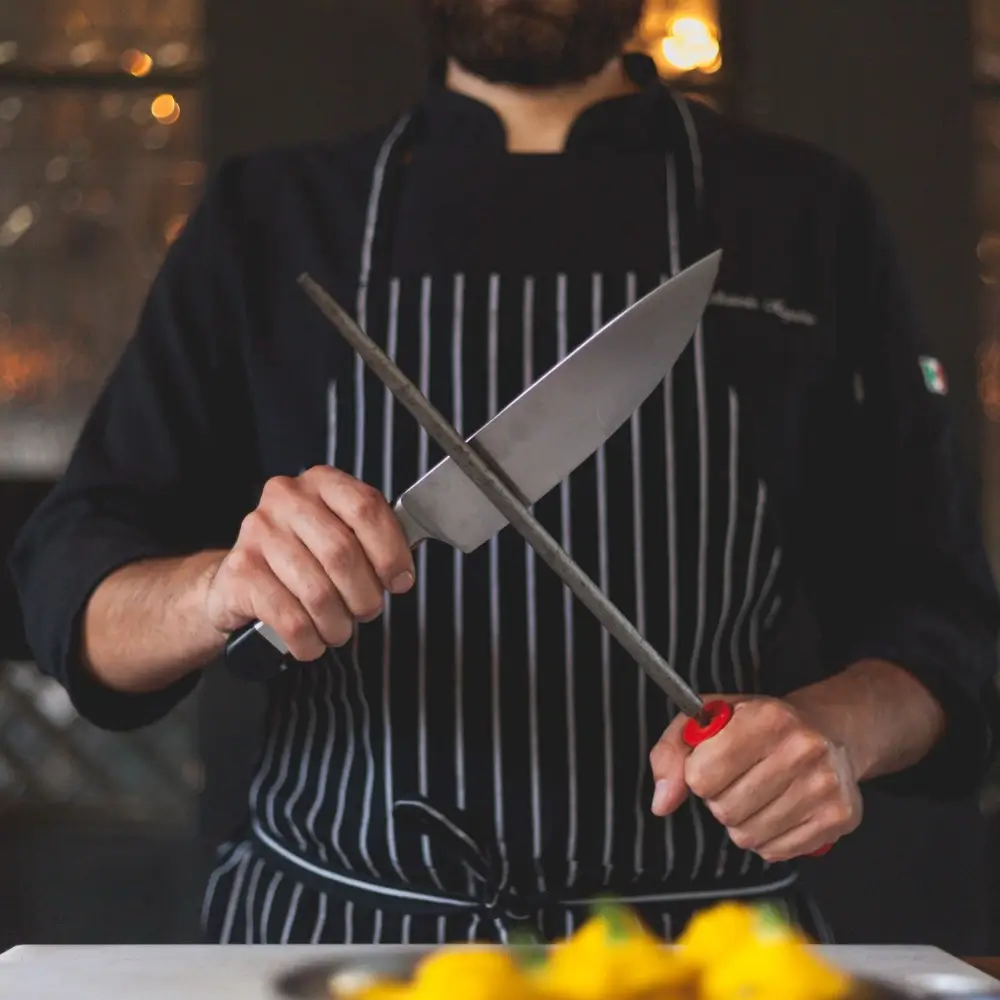
The Future of Chef’s Knives
As culinary tools continue to evolve, the chef’s knife is adapting to meet the needs of both modern cooks and a changing world. In 2024, there are three key trends shaping the future of chef’s knives: sustainability, customization, and emerging technologies. These developments promise to elevate the performance, usability, and eco-friendliness of this essential kitchen tool.
Sustainability
Sustainability is a growing concern in all industries, and the knife-making sector is no exception. As consumers become more environmentally conscious, manufacturers are responding by incorporating sustainable practices into their designs.
- Biodegradable Handles: More brands are experimenting with biodegradable or eco-friendly materials for handles, reducing plastic waste. Materials like bamboo, recycled composites, and plant-based plastics are gaining traction.
- Sustainable Sourcing: Knife makers are increasingly focusing on the ethical sourcing of materials, including using high-quality, responsibly sourced steel and sustainable wood for handles. This shift aligns with broader environmental goals, helping reduce the environmental impact of manufacturing.
These sustainable innovations ensure that the chef’s knife remains a relevant and responsible tool in the kitchen, contributing to a greener future.
Customization Trends
Personalization continues to be a major trend in kitchen tools, and the chef’s knife is no exception. As consumers demand more unique, tailored products, knife makers are incorporating advanced technologies to meet these desires.
- Tailored Designs: The ability to customize a knife’s blade shape, handle material, and even balance is increasingly popular. 3D printing technology is making it easier than ever for customers to design knives that meet their exact specifications.
- Personal Engravings: Many chefs and home cooks now opt to engrave their knives with names, initials, or meaningful symbols, adding a personal touch to their culinary tools.
This demand for personalized knives is not only about aesthetics; it’s also about creating a tool that fits perfectly with the user’s unique preferences and cooking style.
Emerging Technologies
Advancements in technology are also shaping the future of the chef’s knife, bringing about new possibilities for smarter and more efficient kitchen tools.
AI-Driven Cutting Assistance
- Artificial Intelligence: The integration of AI is starting to influence the design of knives, with sensors that track cutting force and motion to help users refine their technique. For example, some knives now come equipped with AI-driven feedback systems that alert users when they’re applying too much force or if their angle is off. This smart assistance can be especially beneficial for novice cooks who are still perfecting their cutting skills.
As AI and other emerging technologies continue to evolve, the chef’s knife may soon become an even more intelligent tool, offering real-time guidance and adjustments.
The future of the chef’s knife is bright, with sustainability, customization, and cutting-edge technologies at the forefront. Whether through eco-friendly materials, personalized designs, or intelligent features, the chef’s knife will continue to evolve, ensuring that it remains a vital tool in the kitchen for years to come.
Conclusion
In conclusion, the chef’s knife remains an irreplaceable tool in the kitchen due to its unmatched versatility, precision, and timeless design. From its ancient origins to its modern-day innovations, it continues to be a cornerstone for both professional chefs and home cooks. Whether used for slicing, chopping, or mincing, the chef’s knife is a versatile companion that adapts to a wide range of cooking styles and tasks.
As we move into 2024, the advancements in materials, customization, and technology make it a perfect time for both new cooks and seasoned professionals to invest in or upgrade their knives. With innovations like sustainable handles, personalized designs, and even AI-driven assistance, the chef’s knife is more efficient and tailored to individual needs than ever before.
If you haven’t yet found your perfect blade, consider exploring the wide array of top chef’s knives for home cooks available this year. The right knife can make all the difference in your cooking experience, elevating both your technique and enjoyment in the kitchen.
Ultimately, the chef’s knife bridges the gap between tradition and innovation, blending centuries-old craftsmanship with cutting-edge advancements. It is a testament to how culinary tools evolve, preserving the essence of cooking while embracing the future.
FAQ
1. What is a chef’s knife used for?
The chef’s knife is a versatile kitchen tool primarily used for slicing, dicing, chopping, and mincing a variety of ingredients. Its wide, sharp blade allows for precision and efficiency in many culinary tasks. From preparing vegetables to cutting meat, the chef’s knife is essential for a range of cooking techniques, making it a must-have in every kitchen.
2. What is the difference between a cook’s knife and a chef’s knife?
While both knives are similar, the chef’s knife typically has a wider blade and is slightly more versatile in handling various tasks. The cook’s knife, often a bit shorter, may be more specialized. Both knives are indispensable in the kitchen, but the chef’s knife remains the preferred choice for many chefs due to its adaptability across cutting techniques.
3. What knife does Gordon Ramsay have?
Gordon Ramsay often uses the chef’s knife, specifically knives from his own collection, designed for both professional chefs and home cooks. His brand of knives combines high-quality materials with ergonomic designs, making them excellent choices for precision and efficiency in the kitchen. These knives are an excellent option for those looking to invest in top chef’s knives for home cooks.
4. What are the 3 main chef knives?
The three main types of chef’s knives are the classic chef’s knife, the Santoku knife (a Japanese variant), and the gyuto knife. Each offers unique features, but all are versatile and ideal for slicing, chopping, and dicing. Whether you’re looking for a best chef’s knife 2024 or a specific style, each of these knives has its own strengths based on the task at hand.
5. Can I use a chef’s knife for everything?
Yes, the chef’s knife is incredibly versatile and can handle most kitchen tasks, from chopping vegetables to slicing meat. However, certain tasks, like precision filleting or cutting through bones, may require specialized knives. For general use, though, the chef’s knife remains the go-to tool for home cooks and professionals alike.
6. What should you not use a chef’s knife for?
Avoid using the chef’s knife for tasks like cutting through frozen foods, hard bones, or hard-skinned squash. These tasks can damage the blade. It’s important to use the right knife for the job to maintain the integrity of your chef’s knife and ensure it remains in top condition for slicing and chopping.
